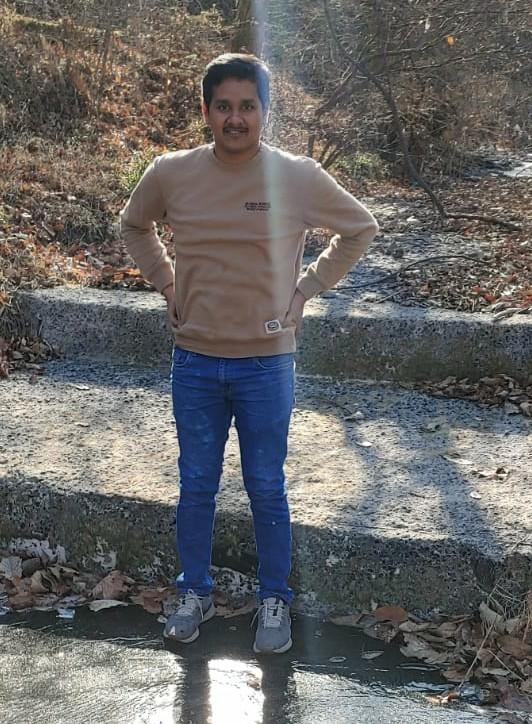Time management is very much important in IIT JAM. The eduncle test series for IIT JAM Mathematical Statistics helped me a lot in this portion. I am very thankful to the test series I bought from eduncle.
Nilanjan Bhowmick AIR 3, CSIR NET (Earth Science)- IIT JAM
- Chemistry (CY)
Ch h ch3 compound (x)ch,04 no, is reacted with aqueous acetone it gives h ci ch following products: ch,hch chs chs co- no,0m) cho0 oh h oh ch3 oh h chg ch3 (a)
Im not able to approach this qs.. Kindly help me how to approach it
- 0 Likes
- 3 Comments
- 0 Shares
-
![comment-profile-img]() >
>
![eduncle-logo-app]()
Option A mixture of K and L
![eduncle-logo-app]()
got this sourav??
![eduncle-logo-app]()
sir but one methyl group is missing in qs asked by me here.. in place of that H is present on middle
![eduncle-logo-app]()
then only L is obtained
![eduncle-logo-app]()
but sir my question is why cl will leave.. and what will make it leave?
![eduncle-logo-app]()
Sn1 reaction occur
![eduncle-logo-app]()
what will be the answer sir?
![eduncle-logo-app]()
Only L will formed
![eduncle-logo-app]()
1,2 hydride shift occur and carbocation stabilised by electron donating OCH3 grp
![eduncle-logo-app]()
Basically acetone is polar aprotic solvent so Sn2 should be followed but as aqueous acetone is there so SN1 reaction occur....chlorine leaves and carbocations forms
![eduncle-logo-app]()
but sir how only L will be formed, it has to first form K na, then by hydride shift it forms L. So possiblity of K is also there na?
![eduncle-logo-app]()
major product and maximum yield is L product only...
![eduncle-logo-app]()
but qs is asking about products and not major products
![eduncle-logo-app]()
then mixture of K and L...possibility of formation of K is also there
Do You Want Better RANK in Your Exam?
Start Your Preparations with Eduncle’s FREE Study Material
- Updated Syllabus, Paper Pattern & Full Exam Details
- Sample Theory of Most Important Topic
- Model Test Paper with Detailed Solutions
- Last 5 Years Question Papers & Answers
Sign Up to Download FREE Study Material Worth Rs. 500/-











 >
>


 >
>







Suman Kumar![best-answer]()
https://www.google.com/url?sa=t&source=web&rct=j&url=https://www.sarthaks.com/309200/the-following-compound-on-hydrolysis-in-aqueous-acetone-will-give&ved=2ahUKEwjvx-eNyqzrAhWVbSsKHSO1BRoQFjADegQIBBAB&usg=AOvVaw0gfKva9qY_j0DhTPQ0L5mW
See option A is correct
sir one methyl group is missing in middle part in actual qs
The concept behind it is that acetone is a polar solvent. So Sn1 mechanism is followed.
what will make cl leave?
In aqueous acetone, the reaction of alkyl halides proceeds through SN1 mechanism with formation of carbocation
hydrolysis Sourav
what will be the answer then? here one methyl grp is not present in middle as shown in the solution you provided.. Kindly check
Answer is still same. I checked
Means option A is correct